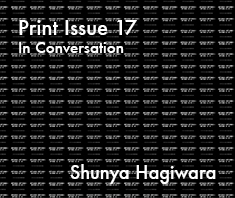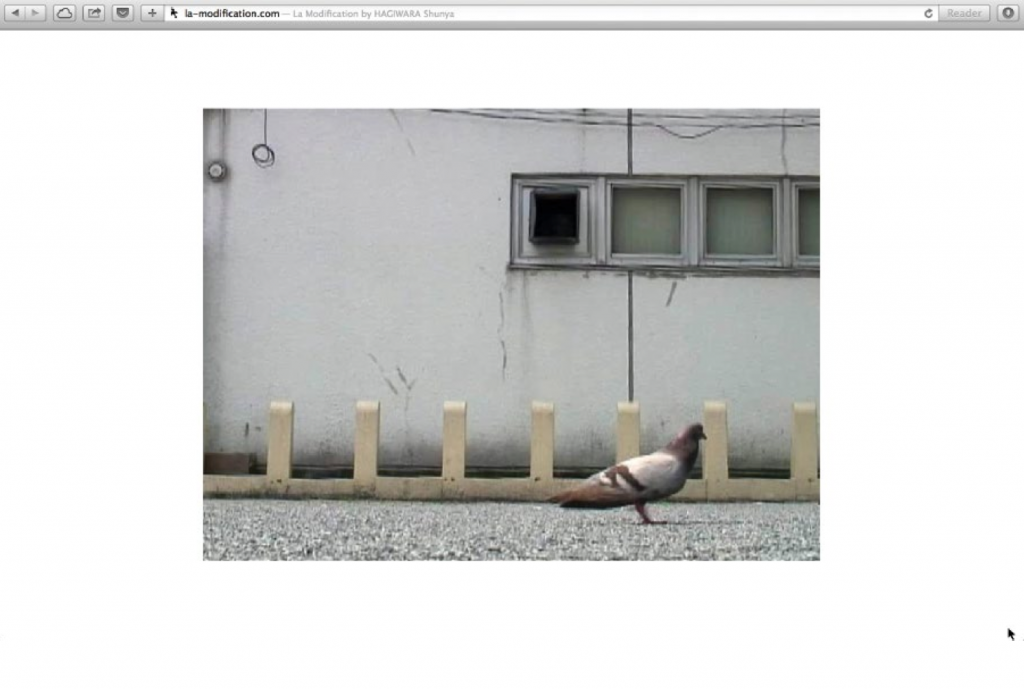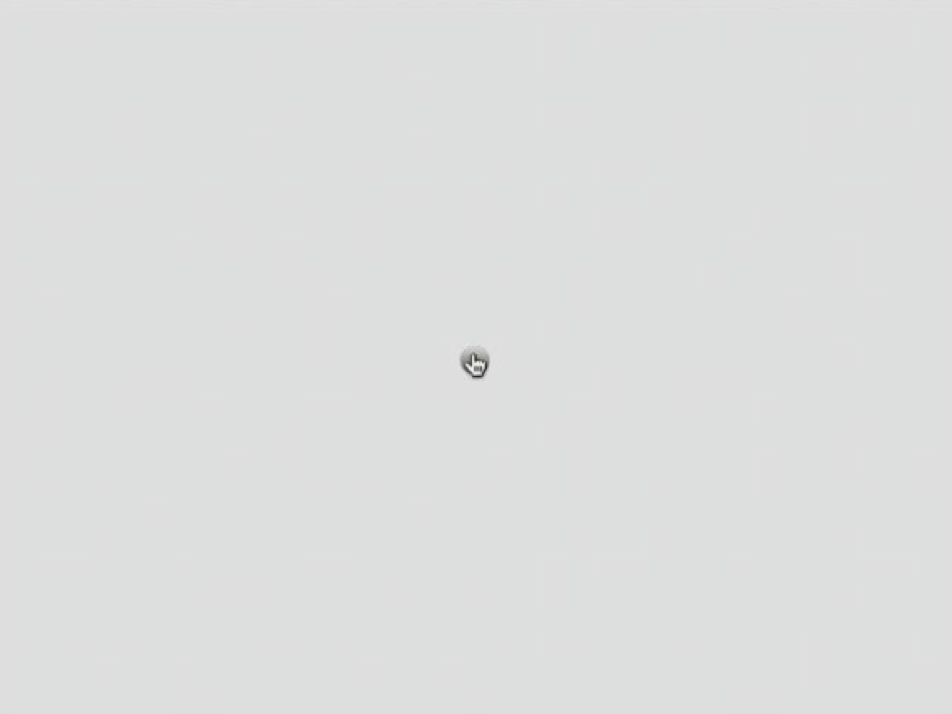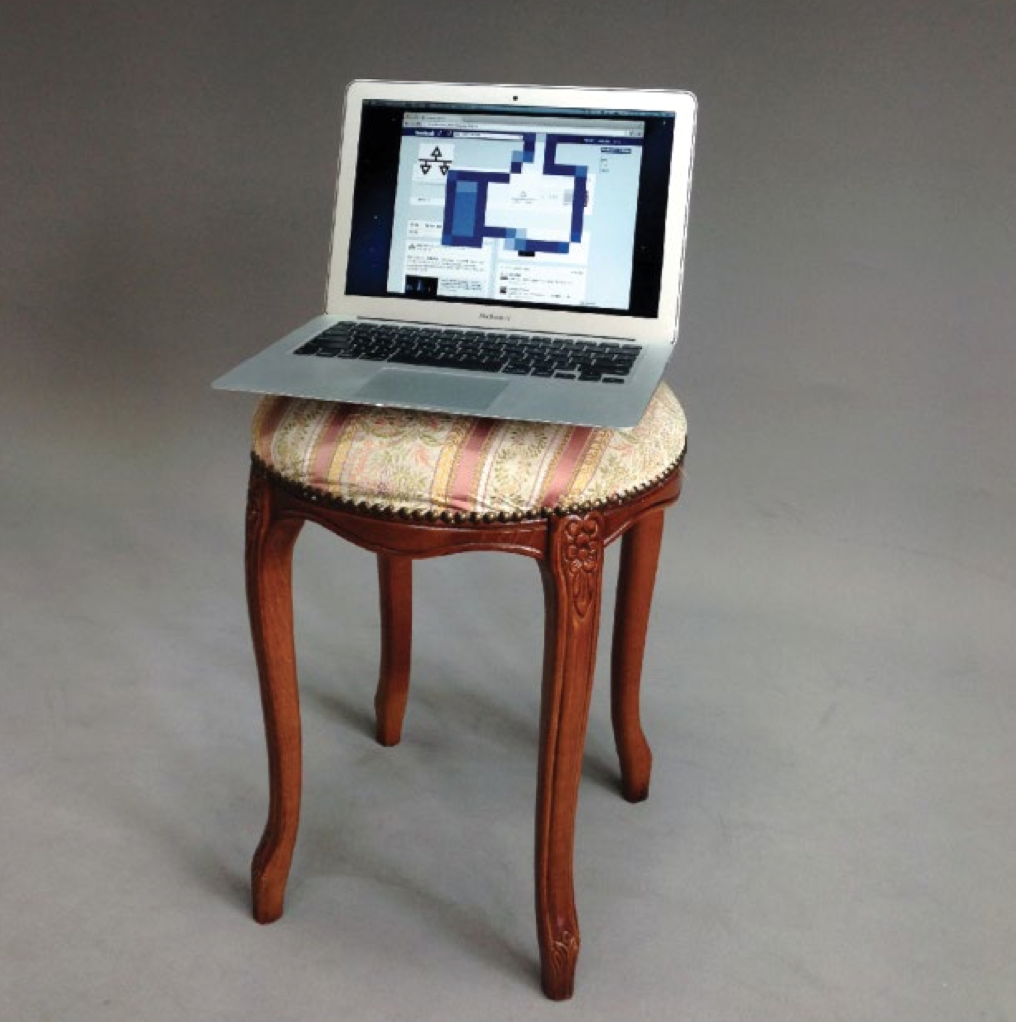Interviewed by Aaron Harbour and Jackie Im
This interview has been pulled from SFAQ print issue 17.
We received an email from the publisher of SFAQ asking if we would like to work on a piece about Shunya Hagiwara. We responded that, yes, in general we were interested in working on another piece but that we were completely unfamiliar with this artist’s practice. Not only were we unfamiliar, Hagiwara’s work is very difficult to parse via the web despite what appears to be a practice mostly located online by an adept hand at web design. This is mainly due to the mix of language on his site, about ten percent English and the rest Japanese, which resisted making much sense even with the assistance of Google Translate.
But rather than being deterred, we decided to ask a series of fairly general questions based on what we could gather about the artist. He agreed to participate, but had to have our questions translated to Japanese and then his answers translated back to English for us. The resulting interview shows an individual comfortable with pleasantly hazy notions of authorship and art versus design (also readable as art versus craft), someone who we look forward to talking to more in the future.
You are an artist, but maybe your main job is design of some sort? Design for web and print? Your website seems to not make a distinction between the two fields which is interesting. Maybe speak to these aspects of your practice, design and “art making.”
I work as a part of several different teams. I am not sure what my main job really is. I basically have two types of work. One is to create good websites for clients and the other is more on the personal side, where I try to discover the interesting side of the Internet, like a strange bot or new way of human communication.
For my clients, I work mostly as a web director, programmer, or a planner. I write code or do the planning. Depending on the job, I play a different role in various team setups.
For my private projects, I often create domain art or produce collaborative works with Internet labels. I am also a part of secret society called IDPW. I mainly organize events such as Internet Yami-ichi (a sort of physical black market for the virtual). Apart from that, I am a part of a design team, Cooked.jp, and an audio team called flapper3.
In recent years, there is “Divicracy” (= Dividual Democracy, a term that in English leads almost nowhere via search. This is a new belief that is gaining popularity in Japan. It’s a new way of accepting different personalities you have within yourself. Everyone adjust himself depending on whom he is communicating with. I am very intrigued by this. It’s like having multiple Twitter accounts to tweet in different personas, but all of them are truly myself. I believe Divicracy fits well with the Internet.
Does making art that is online necessarily make it more similar to your de- sign practice?
Making art and designing are different but I am more involved in the broader web designing and interactive designing field.
Generally speaking, interactive means something like pressing a button and the object changes its color. It usually refers to a direct change. But personally, reading a good novel that moves my heart, or requesting to be a friend to some girl I liked 4 years ago on Facebook feels very interactive, although both are something not so direct or instant. I always like to come up with web design inspired by such indirect interactivity. Regardless of whether I am working on a personal project or client work, I like to imagine the indirect effect in the longer term, rather than a direct reaction.
In La Modification, a pigeon performs a choreographed dance of sorts, walking from corn kernel to corn kernel. Can you tell us some more about this work and about the intersection between the analogue and digital worlds?
I created this one back in 2009, when iPhones weren’t as popular as they are now. In this work, the pigeon eats the corn kernels, but as you try to point (or to touch) the pigeon using your cursor, the cursor gets pushed away. It is interactive in a way that the cursor icon gets chipped little by little every time it gets snapped away by the pigeon.
At that time, the cursor was considered as the representative of user’s self on the monitor. If you want to open up a folder, or close a window, the cursor would do it on behalf of you, whereas today we tend to interact with the screen with our actual finger.
I titled this work La Modification from a novel written by a French writer Michel Butor. In this novel, the protagonist is being referred to as “you.” When the novel says “You are riding a train right now,” it puts you in a very strange place as a reader. The storyteller of the novel forces upon you the idea that you really are riding a train. I liked the idea that the novel decides who you are. That feeling really inspired me to experiment with the idea of the cursor being the protagonist, to see what happens if I destroy the first person perspective.
In this website, I have programmed it in such way that if a cursor touches the pigeon, it gets pushed away and the cursor gets decayed (or chipped) little by little. I wanted the user to experience the feeling of the cursor being taken over by something unknown.
You may ask why I have chosen the pigeon as the character to destroy the user’s self. Pigeons are known as a symbol for peace. But if you see them on the streets, they are constantly picking up food like they are addicted to eating. If one pigeon decides to fly away, all of them follow in a reflexive manner. I feel like they are greedy creatures like me when I used to cling to my RSS FEED all day long. I wanted the pigeon to eat away my greediness.
Most design projects, and many of the projects on your website, involve multiple individuals with defined roles and specific skill sets. Does this division of labors crop up in your art practice, if not, why?
There are times I work on my own, and times I chose to work as a team. All the people I work with are whom I can truly trust and they are very talented in their field. I believe I should try to be involved with people who have something I can’t offer and we always learn so much from each other. It is really fun to create something we’ve never imagined in the beginning through such process. In that way, I think I rather enjoy making something “play by ear” rather than following a strict plan I made for myself.
There is always what’s called “permission” for every computer file, such as read, write, and execute. When it comes to work, I always think of my position as to which permission I am given. The idea of permission helps me understand and organize what sort of role I am expected to play within a team.
In a few of your online pieces, the cursor is implicated through the act of disappearing, being re-represented by another symbol, or delayed or altered in some manner. How does the cursor play a part in your practice?
There are a lot of artists who use cursors as the center of their artworks. My favorites are Exonemo and Rafaël Rozendaal. I suppose they use cursors because it resembles the user’s self.
Although a cursor is just another pixelated image on the computer screen, it definitely stands out from the other passive elements such as buttons and text. A cursor is the only active being to operate a computer. I am always very inspired by avatars and mouse cursors that symbolize the human existence. What if you are looking into a mirror and your reflection does something different from what you are doing? It is a type of bizarre interactive experience where something you thought was you does something totally unexpected.
And on a similar note, versus simply being “works on a wall” etc., many of the online works involve interaction, a user-experience. Who do you imagine as the user/viewer of these works?
I don’t usually imagine the users too much, but I guess they are sort of Internet surfers passing by who are not expecting anything.
It is intriguing how media such as film presage the confusion/disillusion of the dichotomy of real and virtual that increasingly defines our experience of the world . . .
That’s very true. I see fewer walls between real and virtual. It really is intriguing for me when I discover new aesthetic and image objects.
In Japan, there are a lot of users on Twitter who use Anime icons that nobody can identify whether they are spam or a real person (or a group of people.) A famous bot has appeared on a TEDx event to give a presentation. There are events that gather tens of thousands people from a single Internet community on a regular basis. Some industries are trying to link up such online movements to some high-spec marketing activity. I do feel that we are getting closer to a post-human era.
As mentioned earlier, my team operates Internet Black Market (Yami Ichi). The market is a place to buy and sell metaphors that are unique in the Internet world. It is exciting to see something that was exclusive in the virtual world become something real for you to buy and take home. As an example, there is a guy who offers “real Follow,” where you give him 100yen (1USD) then he literally follows you around and RTs (repeats) what you say. People sell actions besides objects.
Can you describe one or two new art projects you are working on, and one or two design projects?
We are organizing Yami Ichi on August 3rd in Hokkaido, Japan, and September 28th in Brussels, Belgium.
My very recent work is this website which helps you find the very authentic Japanese style inns. I was in charge of web direction for this project.
Please utilize this website if you ever visit Japan. And please do contact me anytime.
—- All the best
Previous contributions by Jackie Im and Aaron Harbour include:








